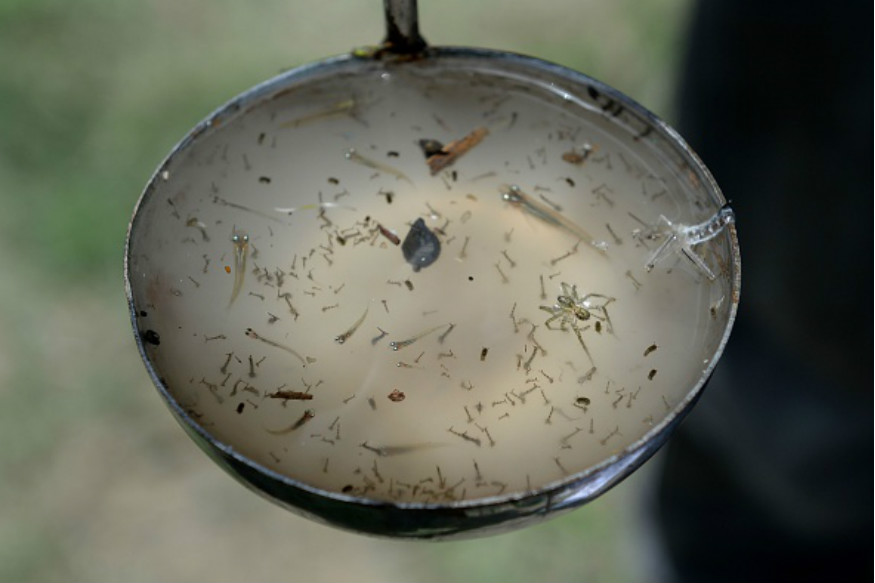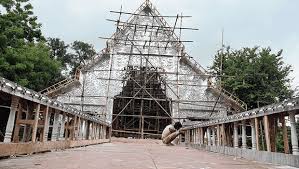Source – news18.com
After dengue, Chikungunya cases are increasing in Bihar as 322 cases have already been reported in the state.
Of the total number of cases reported in the state, 289 come from the capital city alone till Tuesday, reported The Times of India.
The report makes mention of the fact that in comparison; the figure for the entire of 2018 was 156.
According to state health department data, the maximum number of chikungunya cases is from Patna, followed by Nalanda, which has reported 10 cases till Wednesday.
A health department officer urged people to take caution reminding everyone that the most number of chikungunya cases were recorded between mid-October and November last year.
He further added that in 2018 chikungunya forayed into the state because a number of travellers suffering from the disease travelled to Bihar during Durga Puja and Chhath carrying the virus along with them. As per health department data, a single case from Nalanda saw a patient travelling from Bangalore. None of the cases in Patna had any prior travel history.
Commenting on the striking rise in chikungunya cases in the state this year, principal secretary of health department Sanjay Kumar said that since the carrier of both dengue and chikungunya is the same and because there is an increase in dengue cases this year, chikungunya cases too have subsequently raised.
Citing an Indian Council of Medical Research (ICMR) report, Kumar added that in 40 percent of the households surveyed by the central team, they found presence of larvae.
Patna Medical College and Hospital (PMCH) medicine department associate professor RD Singh revealed more about the difference in symptoms of chikungunya and dengue stating that while in both cases a person suffers from fever, in case of dengue there is body ache while in chikungunya there is pain in the joints.
He further added that though rashes occur in both cases, in dengue there is no rash on palms and soles. Furthermore, he said that while for dengue, a person can recover after 10 days, chikungunya pain can persist for two to three weeks at least.

